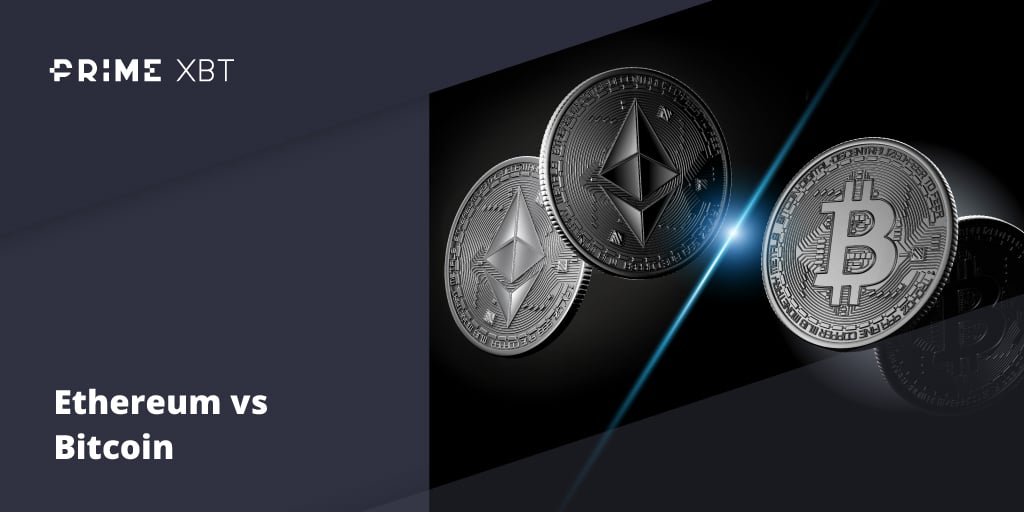Top Things You Should Know About Cryptocurrency for Beginners
Table of ContentsThe Basic Principles Of Buy & Sell Bitcoin On The App Store Some Ideas on Bitcoin And Cryptocurrency Technologies … You Should KnowSome Ideas on Bitcoin And Cryptocurrency Technologies You Need To KnowCryptocurrency Education Fundamentals ExplainedAbout Crypto Forecast
digital medium of exchange Some popular crytocurrencies and blockchain technologies A cryptocurrency (or crypto currency or crypto for short) is a digital asset designed to work as a medium of exchange wherein individual coin ownership records are stored in a ledger existing in a form of computerized database using strong cryptography to secure transaction records, to control the creation of additional coins, and to verify the transfer of coin ownership.
Cryptocurrencies typically use decentralized control as opposed to centralized digital currency and central banking systems. When a cryptocurrency is minted or created prior to issuance or issued by a single issuer, it is generally considered centralized. When implemented with decentralized control, each cryptocurrency works through distributed ledger technology, typically a blockchain, that serves as a public financial transaction database. Regulation Of Cryptocurrency Around The World Things To Know Before You Get This
Regulation Of Cryptocurrency Around The World Things To Know Before You Get This
Since the release of bitcoin, other cryptocurrencies have been created. In 1983, the American cryptographer David Chaum conceived an anonymous cryptographic electronic money called ecash. Later, in 1995, he implemented it through Digicash, an early form of cryptographic electronic payments which required user software in order to withdraw notes from a bank and designate specific encrypted keys before it can be sent to a recipient.
9 Of The Most Well-known Types Of Cryptocurrencies – The Facts
In 1996, the National Security Agency published a paper entitled How to Make a Mint: the Cryptography of Anonymous Electronic Cash, describing a Cryptocurrency system, first publishing it in an MIT mailing list and later in 1997, in The American Law Review (Vol. 46, Issue 4). In 1998, Wei Dai published a description of “b-money”, characterized as an anonymous, distributed electronic cash system.
Like bitcoin and other cryptocurrencies that would follow it, bit gold (not to be confused with the later gold-based exchange, BitGold) was described as an electronic currency system which required users to complete a proof of work function with solutions being cryptographically put together and published. The first decentralized cryptocurrency, bitcoin, was created in 2009 by presumably pseudonymous developer Satoshi Nakamoto.
In April 2011, Namecoin was created as an attempt at forming a decentralized DNS, which would make internet censorship very difficult. Soon after, in October 2011, Litecoin was released. It used scrypt as its hash function instead of SHA-256. Another notable cryptocurrency, Peercoin used a proof-of-work/proof-of-stake hybrid. On 6 August 2014, the UK announced its Treasury had been commissioned a study of cryptocurrencies, and what role, if any, they can play in the UK economy.
Getting The What Is Cryptocurrency? To Work
According to Jan Lansky, a cryptocurrency is a system that meets six conditions: The system does not require a central authority; its state is maintained through distributed consensus. The system keeps an overview of cryptocurrency units and their ownership. The system defines whether new cryptocurrency units can be created. If new cryptocurrency units can be created, the system defines the circumstances of their origin and how to determine the ownership of these new units. Indicators on Bitcoin And Cryptocurrency Technologies You Need To Know
Indicators on Bitcoin And Cryptocurrency Technologies You Need To Know
The system allows transactions to be performed in which ownership of the cryptographic units is changed. A transaction statement can only be issued by an entity proving the current ownership of these units. If two different instructions for changing the ownership of the same cryptographic units are simultaneously entered, the system performs at most one of them.
Tokens, cryptocurrencies, and other types of digital assets that are not bitcoin are collectively known as alternative cryptocurrencies, typically shortened to “altcoins” or “alt coins”. Paul Vigna of The Wall Street Journal also described altcoins as “alternative versions of bitcoin” given its role as the model protocol for altcoin designers.
Get This Report about Bitcoin And Cryptocurrencies – Money Advice Service
The list of such cryptocurrencies can be found in the List of cryptocurrencies article. Altcoins often have underlying differences with bitcoin. For example, Litecoin aims to process a block every 2. 5 minutes, rather than bitcoin’s 10 minutes which allows Litecoin to confirm transactions faster than bitcoin. Another example is Ethereum, which has smart contract functionality that allows decentralized applications to be run on its blockchain.
Significant rallies across altcoin markets are often referred to as an “altseason”. A blockchain account can provide functions other than making payments, for example in decentralized applications or smart contracts. In this case, the units or coins are sometimes referred to as crypto tokens (or cryptotokens). Cryptocurrencies are generally generated by their own blockchain like Bitcoin and Litecoin whereas tokens are usually issued within a smart contract running on top of a blockchain such as Ethereum. Rumored Buzz on What Is Bitcoin?
Rumored Buzz on What Is Bitcoin?
In centralized banking and economic systems such as the Federal Reserve System, corporate boards or governments control the supply of currency by printing units of fiat money or demanding additions to digital banking ledgers. In the case of decentralized cryptocurrency, companies or governments cannot produce new units, and have not so far provided backing for other firms, banks or corporate entities which hold asset value measured in it.
The Definitive Guide to Cryptocurrency Education
As of May 2018, over 1,800 cryptocurrency specifications existed. Within a cryptocurrency system, the safety, integrity and balance of ledgers is maintained by a community of mutually distrustful parties referred to as miners: who use their computers to help validate and timestamp transactions, adding them to the ledger in accordance with a particular timestamping scheme.
Compared with ordinary currencies held by financial institutions or kept as cash on hand, cryptocurrencies can be more difficult for seizure by law enforcement. The validity of each cryptocurrency’s coins is provided by a blockchain. A blockchain is a continuously growing list of records, called blocks, which are linked and secured using cryptography. https://www.youtube.com/embed/T_PgEW6ESrE
By design, blockchains are inherently resistant to modification of the data. It is “an open, distributed ledger that can record transactions between two parties efficiently and in a verifiable and permanent way”. For use as a distributed ledger, a blockchain is typically managed by a peer-to-peer network collectively adhering to a protocol for validating new blocks.